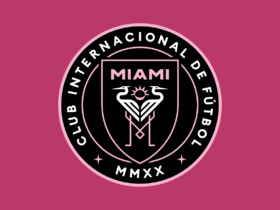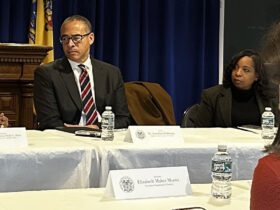On December 31, 2020, the Family’s First Coronavirus Response Act’s (“FFCRA”) requirement that employers provide paid leave for COVID-19 related reasons officially expired. However, in the latest stimulus bill passed under the new Biden Administration, the FFCRA paid leave was further extended (until September 2021) and even expanded in scope. But, as with the prior extension, FFCRA paid leave remains a voluntary program – paid leave only has to be provided by employers if they choose to do so. Employers who wish to utilize the voluntary program should be aware of the new requirements and expanded elements before committing to the program.
As a quick refresher, although the mandatory requirement that employers provide FFCRA paid leave ended on December 31, 2020, the last Congress in late December 2020, issued a reprieve. That is, employers no longer were required to provide the paid leave. However, employers were given until March 31, 2021 to not only receive their reimbursements for the paid leave from the federal government for prior-mandated leave, but they also were allowed to voluntarily choose to provide FFCRA paid leave until March 31, 2021, and still be reimbursed by the government for that leave.
In the newest COVID-19 stimulus law, the American Rescue Plan (“ARP”) Act of 2021, the current Congress provided yet another extension of the voluntary FFCRA paid leave law. Now, employers may provide paid leave until September 30, 2021. It remains voluntary, but it does allow employers to pay their employees who need time off for various COVID-19 related reasons, and still be reimbursed by the federal government for that pay.
In addition, Congress also reset the leave period under the original FFCRA starting on April 1, 2021. This means that those maximum leave periods — of up to two weeks of paid leave for COVID-19 related illnesses or quarantines (“Paid Sick Leave”) and up to ten weeks for child care connected to COVID-19 (“Paid Family Leave”) – are reset on April 1, 2021, effectively creating a new leave year. So, if an employer wishes to participate in the program, it can claim a tax credit for the maximum leave period for leaves taken up until March 31, 2021, and then again for another maximum leave period for that same employee for leave taken from April 1, 2021 to September 30, 2021.
It is important to note that these time periods cannot overlap. Each employee is allowed the maximum amount originally permitted by the FFCRA, either before April 1, 2021 or after April 1, 2021. The new law does not allow an employee, for example, to receive double the maximum time periods for leave that occurs all before (or all after) April 1, 2021.
Further, the “COVID-19 related reasons” for FFCRA paid leave occurring after April 1, 2021, have been significantly expanded in this new law Specifically, after April 1, there are additional reasons that leave may qualify under the FFCRA. First, extended Paid Family Leave can be taken for any and all of the reasons that originally qualified as Paid Sick Leave, whereas before only childcare related absences qualified for extended Paid Family Leave. Second, these are the new qualifying reasons for Paid Sick Leave, which are applicable to Paid Family Leave also: (1) the employee is seeking a test or diagnosis of COVID-19 where the employee was exposed to COVID-19 or required to be tested by the employer, (2) the employee is waiting on the results of a COVID-19 test or diagnosis where the employee was exposed to COVID-19 or required to be tested by the employer, (3) the employee is obtaining the COVID-19 vaccine, or (4) the employee is recovering from any injury, disability, illness, or condition stemming from the COVID-19 vaccine. As a result, there are significantly more circumstances in which FFCRA paid leave can be taken, and the longer 12-week leave can be used for a multitude of reasons and not just for childcare.
At the present time, the regulations interpreting these changes have not yet been issued by the federal government. Several important details need to be ironed out, such as whether an employer can pick and choose which of these provisions it can voluntarily offer (which seems unlikely, but possible). The regulations should also provide clarity on the level of documentation required for vaccine-related absences. Employers who wish to take advantage of this voluntary program should stay tuned for further developments.
If you have questions about whether leave is required or permitted to be taken by an employee under the FFCRA, please contact Ashley LeBrun at 201-498-8533 or alebrun@archerlaw.com, or Peter Frattarelli at 856-354-3012 or pfrattarelli@archerlaw.com, or any member of Archer’s Labor & Employment Group in: Haddonfield, NJ at 856-795-2121, Princeton, NJ at 609-580-3700, Hackensack, NJ at 201-342-6000, Philadelphia, PA at 215-963-3300, or Wilmington, DE at 302-777-4350.
Archer’s Environmental Law and Land Use and Environmental Permitting Groups handle all facets of New Jersey environmental practice. Each lawyer in this department has been at the forefront of environmental laws that affect New Jersey’s businesses and citizens.
DISCLAIMER: This client advisory is for general information purposes only. It does not constitute legal or tax advice, and may not be used and relied upon as a substitute for legal or tax advice regarding a specific issue or problem. Advice should be obtained from a qualified attorney or tax practitioner licensed to practice in the jurisdiction where that advice is sought.














